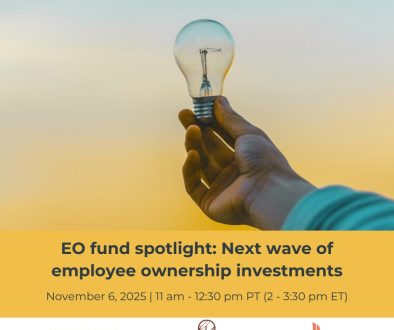Private Equity’s OUTSIZED Role in 2024 Bankruptcies
The U.S. economy—and particularly the retail sector—is experiencing major disruption, marked by a wave of store closures and corporate bankruptcies. While shifting consumer behaviors, inflationary pressures and other macroeconomic and operational challenges are key drivers, private equity ownership has emerged as a disproportionately large contributing factor. Although private equity accounts for only 6.5% of the U.S. economy, it was responsible for 56% of the largest bankruptcies in 2024—those with liabilities over $500 million—and 11% of all bankruptcies overall. These collapses led to more than 65,000 layoffs nationwide and were heavily concentrated in sectors like healthcare and retail, where private equity-backed firms accounted for 7 of the 8 largest healthcare bankruptcies and 21% of all such filings.
According to researchers at the Private Equity Stakeholder Project (PESP), private equity firms played a role in 11 of the 17 largest U.S. corporate bankruptcies during the first half of 2024—65% of all cases involving liabilities over $1 billion. Analysts like Valentina Dabos and Eileen O’Grady of PESP argue that these firms often justify mass layoffs and restructurings as “efficiency measures,” when they reflect financial mismanagement and debt overloading rather than genuine operational improvement. Through debt-fueled acquisitions and dividend extractions, PE owners frequently strip value from companies while leaving them ill-equipped to navigate changing markets. Instead of rescuing distressed businesses, this model often accelerates decline—prioritizing short-term profit-taking over long-term stability, and harming workers, consumers, and local economies in the process.
At the core of this systemic fragility is the storied leveraged buyout (LBO), in which private equity firms finance takeovers using debt secured by the acquired company itself. This structure often saddles portfolio companies with unsustainable liabilities, diverting revenue away from innovation, workforce investment, and resilience. As interest rates rise and markets tighten, these highly leveraged firms are increasingly vulnerable to financial distress. Moody’s Investors Service reported that as of October 2024, 73% of the most speculative U.S. companies—those rated B3 negative or lower—were private equity-backed.
- Early 2025 has already seen additional collapses. Take for example Prospect Medical Holdings which went bankrupt with over $400 million in debt after years under private equity firm Leonard Green & Partners (LGP).Prospect Medical Holdings Bankruptcy (2025): Prospect Medical Holdings filed for bankruptcy with over $400 million in debt after years of debt-funded dividends under Leonard Green & Partners (LGP).
- LGP Acquisition and Debt Loading: LGP acquired Prospect in 2010, using mostly debt. Over the next decade, Prospect took on an additional $1.1 billion in debt to acquire hospital systems and pay $645 million in dividends back to LGP.
- Asset Sales and Financial Decline: In 2019, Prospect sold its real estate for $1.4 billion and leased it back to raise cash. By 2020, the company faced severe financial trouble, service declines, and regulatory investigations, leading to the closure of a hospital in San Antonio.
- Exit and Aftermath: In 2021, LGP sold Prospect to minority shareholders, leaving $80 million in escrow for Rhode Island hospitals. LGP exited with nearly $450 million in net returns, while Prospect was left with $3.1 billion in debt, leading to its 2025 bankruptcy.
What a happy ending, for Leonard Green & Partners that is. To be clear, this is not an isolated case. Private equity’s footprint now spans nearly every sector and its role in amplifying corporate risk has become an epidemic. Extracting maximum value from a company by feeding it debt-flavored steroids and forcing it to expand at all costs, then walking away when it collapses is not efficient capitalism. It’s pillaging.



